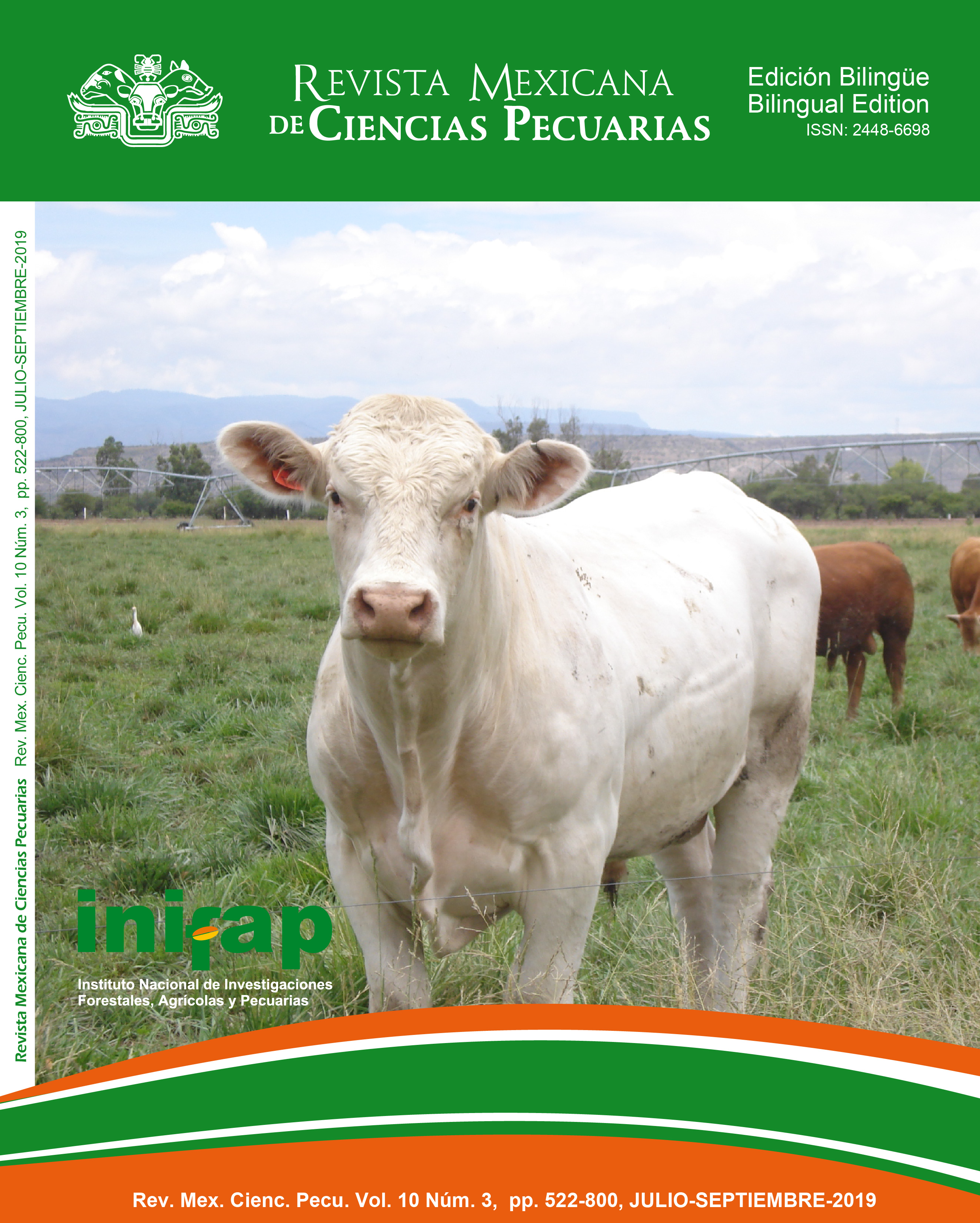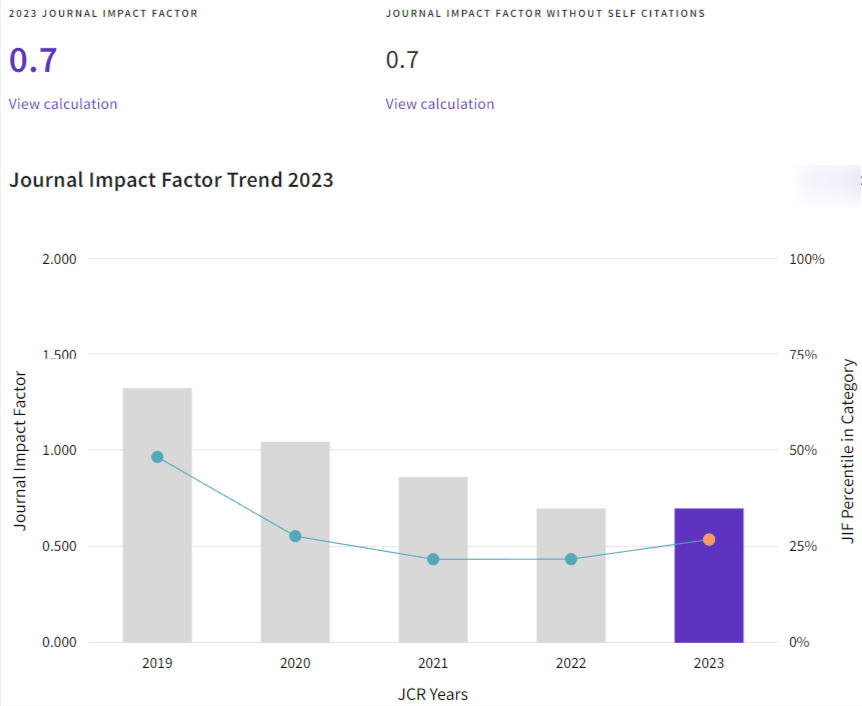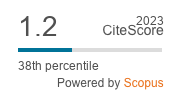Effects of injecting increased doses of vitamins C and E on reproductive parameters of Holstein dairy cattle
DOI:
https://doi.org/10.22319/rmcp.v10i3.4481Palabras clave:
antioxidants, bovines, fertilityResumen
Vitamins C and E have been supplemented separately to improve fertility in cattle. The objective of this study was to evaluate the effect of combined injections of increased doses of vitamins C and E on reproductive parameters in dairy cattle. Lactating Holstein cows (n= 44) were randomly assigned to one of three treatments: 1) Control: n= 15, cows were not injected with vitamins; 2) VCE3: n= 15, cows received a single intramuscular injection of 3,000 IU of vitamin E before estrus and multiple subcutaneous injections of vitamin C with a total dose of 3,000 mg before and after estrus; 3) VCE6: n= 14, cows were treated as in VCE3, but doses of vitamins C and E were increased to 6,000 mg and 6,000 IU. The reproductive indicators measured were diameter of the preovulatory follicle, time to estrus, area of the corpus luteum, pregnancy rate 35 and 45 d after AI and plasma concentrations of estradiol and progesterone. There was no effect of treatment on any of the evaluated reproductive parameters (P˃0.05), except that the lowest dose of vitamins sustained similar pregnancy rates among treatments, even though they had lower progesterone concentrations (P≤0.05) (19.4 ± 2.66 vs 10.1 ± 2.55 vs 19.2 ± 0.44 ng mL-1 for Control, VCE3 and VCE6, respectively). In conclusion, the supplementation with the highest amount of vitamin C and E (6,000 mg and 6,000 IU versus 3,000 mg and 3,000 IU) does not significantly increase the reproductive parameters measured.
Descargas
Descargas
Publicado
Cómo citar
-
Resumen977
-
PDF 392
-
PDF292
-
Full Text 221
Número
Sección
Licencia
Los autores/as que publiquen en la Revista Mexicana de Ciencias Pecuarias aceptan las siguientes condiciones:
De acuerdo con la legislación de derechos de autor, la Revista Mexicana de Ciencias Pecuarias reconoce y respeta el derecho moral de los autores/as, así como la titularidad del derecho patrimonial, el cual será cedido a la revista para su difusión en acceso abierto.

Esta obra está bajo una Licencia Creative Commons Atribución-NoComercial-CompartirIgual 4.0 Internacional.





